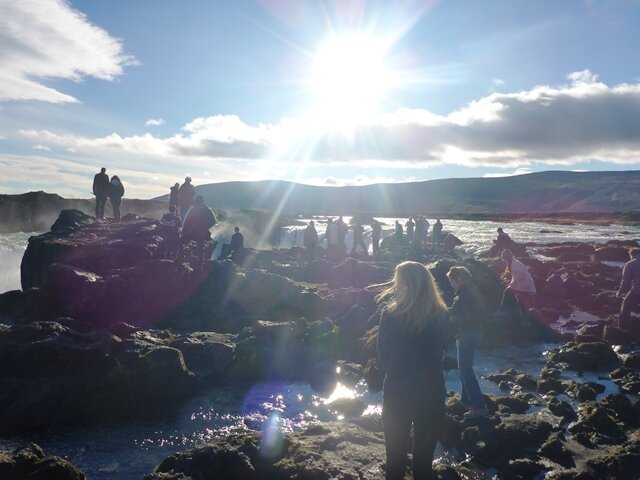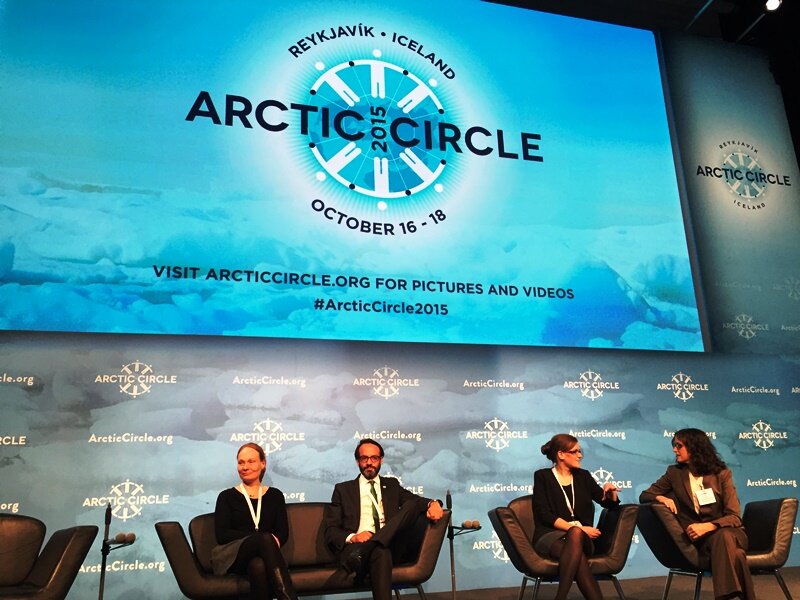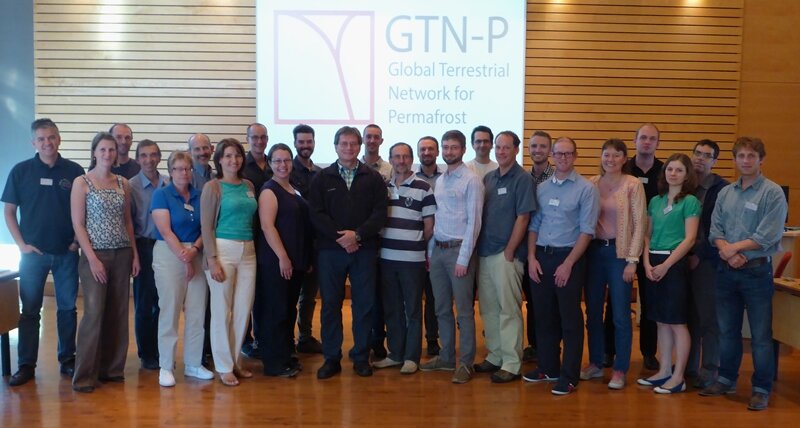PAGE21 young researchers at EUCOP 2014: Stefanie Weege
 (Photo: PAGE21) Boris and Stefanie as the front sampling crew of our boat ChristinePAGE21 Young Researchers Workshop starts on Wednesday, the 18th of June 2014. After the event PAGE21 Young Researchers will attend the International Conference on Permafrost.
(Photo: PAGE21) Boris and Stefanie as the front sampling crew of our boat ChristinePAGE21 Young Researchers Workshop starts on Wednesday, the 18th of June 2014. After the event PAGE21 Young Researchers will attend the International Conference on Permafrost.
To increase the publicity of the event as well as to bring the attention to PAGE 21 Young Researchers´ work, we will publish the series of blogs.
The first one to be introduced is Stefanie Weege, Ph.D student from Alfred Wegener Institute for Polar and Marine Research.
Stefanie is a part of Work Package 2. She works on coastal erosion along the Yukon Coast in North West Canada. The focus of her work is on retrogressive thaw slumps.
Retrogressive thaw slumps in coastal settings are land inward eroding thermal erosion features and are initiated by wave erosion and thawing of exposed ice-rich permafrost.
In the summers of 2012 and 2013, together with other PAGE21 Young Researchers, she set up a discharge-measurement station in the outflow channel and two weather stations on one of the biggest slumps along the Yukon Coast.
The project tries to gather the knowledge of the relationship between climatic conditions, thawing of the ice-rich headwall and the release of large quantities of sediment and nutrients to the nearshore zone.
The data show that temperature and incoming solar radiation are strongly affecting the thawing of the ice rich headwall. Rain events which are occurring more rarely show a strong influence on the erosion process, too.
FrostByte S Weege: Climatic Impacts on Thawing Dynamics of a Retrogressive Thaw Slump from Climate and Cryosphere on Vimeo.











